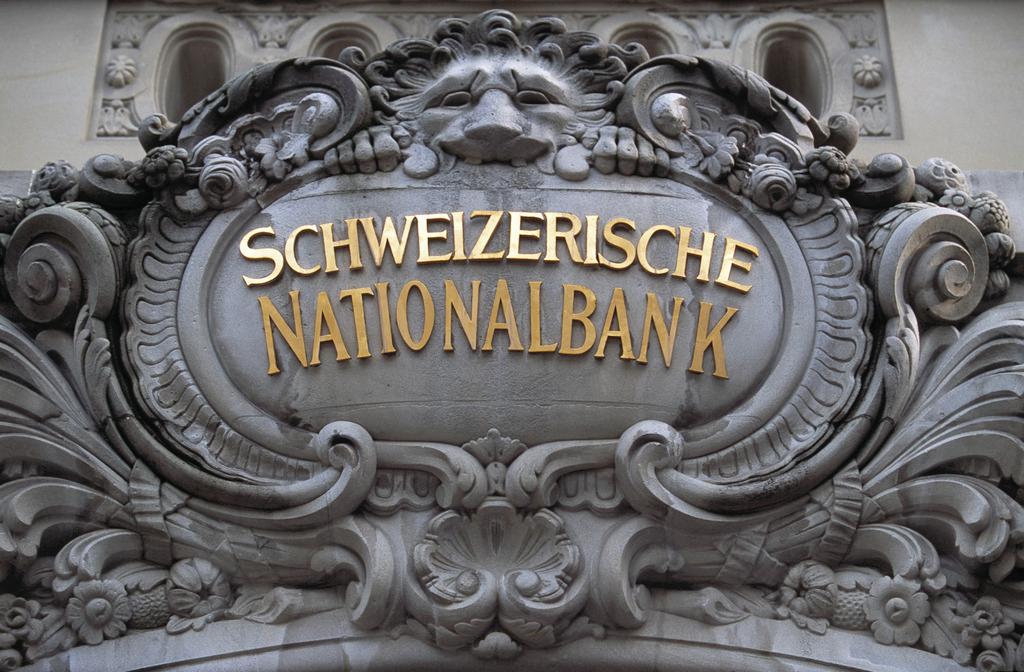Follow the Swiss for reserve management success

The weakness of the yen since the Bank of Japan's recent decision to expand its quantitative easing programme has fuelled expectations of beggar-thy-neighbour currency wars around the world.
A consequence is that central banks that seek to weaken their currencies for competitive advantage will see their foreign exchange reserves balloon. This will pose a huge challenge for reserve managers.
After a bull market in bonds that has lasted for more than 30 years, government IOUs – the traditional home for official reserves – look horribly expensive by historic standards. Central bankers hate exposing their balance sheets to that kind of market risk. At the same time liquidity in fixed interest markets has decreased significantly as a result of a tougher regulatory regime since the financial crisis. With market makers’ balance sheets shrinking central banks will be even more vulnerable to large price movements in the event of adverse shocks.
Private sector fund managers confronted with that dilemma would naturally look to diversification to address the problem, not least into equities. Yet for many central bankers that would amount to heresy. Traditionally, liquidity and security have taken priority over returns. Yet since the eurozone sovereign debt crisis the supposedly risk-free properties of government bonds are in doubt.

More
Financial Times
External linkAgainst that background more central banks are, in fact, diversifying into what have hitherto been regarded as riskier assets. The Bank of Japan, for example, has bought exchange traded funds as part of its quantitative easing programme, although the purchases are a very small percentage of the total. A more interesting precedent has been set by the National Bank of Switzerland (SNB), which held 16 per cent of its official reserves in equities at the end of last year.
The level of Swiss currency reserves is largely determined by the enforcement of the country’s peg against the euro, introduced in 2011 to stem an unwelcome appreciation of the Swiss franc that was damaging the competitiveness of domestic industry. The bulk of the reserves of SFr477 billion ($491 billion) last December consisted of government bonds, but there was also 1,040 tonnes of gold as well as a global equity portfolio of 5,600 individual stocks, of which roughly 1,400 were mid- and large-cap stocks and some 4,200 were small-caps. This makes the SNB one of the world’s biggest equity investors.
The purpose of this vast equity portfolio is to preserve the real value of the currency reserves. A more specific aim is to achieve a positive return in local currencies to compensate for the Swiss franc’s tendency to appreciate over time. As well as swelling the reserves, this facilitates dividends to shareholders that include the Swiss cantons, cantonal banks and private shareholders. The SNB also makes direct distributions to the Confederation and to the cantons, although there were no payouts last year because of big losses on the SNB’s gold holdings. Following the failure of the recent referendum initiative on gold, the central bank retains its freedom to buy and sell gold as it wishes.
Central bank reserve managers are traditionally nervous of making waves in other countries’ markets and worried about potential conflicts of interest with the overriding priorities of monetary policy. Hence the SNB’s preference for placing much of its money with other central banks. The equity portfolios are managed passively by replicating a combination of different indices. No investment in international medium- and large-sized banks and non-bank banks is permitted.
Interestingly, the SNB pursues an active screening policy on environmental, social and governance issues. Since last year it has excluded equity investment in companies that produce internationally banned weapons, violate fundamental human rights “on a massive scale”, or systematically cause severe environmental damage. Over the past decade or so the investment performance has been respectable if unspectacular, with positive returns latterly being driven by equities.
Should others follow suit? It seems to me that keeping 16% of currency reserves in global equities scarcely gives rise to serious liquidity concerns. Carefully controlled, such diversification makes sense. The interesting question is what impact wider resort by central banks to equity investment might have on global equity markets. Not enough, I suspect, to provide another leg to an equity bull market. But for individual markets and especially for emerging markets this could certainly provide quite an uplift, perhaps even bordering on bubble proportions.
Copyright The Financial Times Limited 2014

In compliance with the JTI standards
More: SWI swissinfo.ch certified by the Journalism Trust Initiative


You can find an overview of ongoing debates with our journalists here. Please join us!
If you want to start a conversation about a topic raised in this article or want to report factual errors, email us at english@swissinfo.ch.